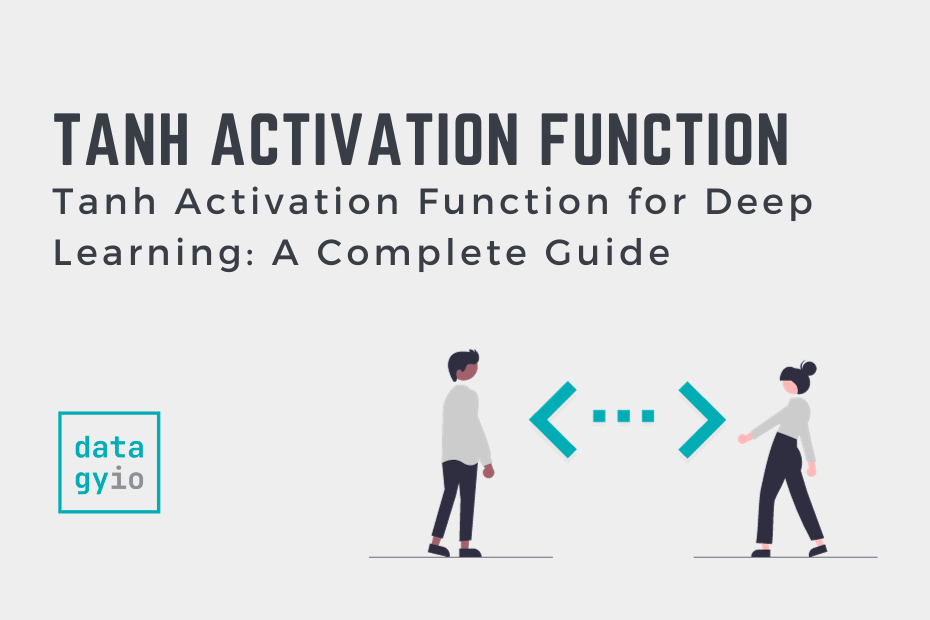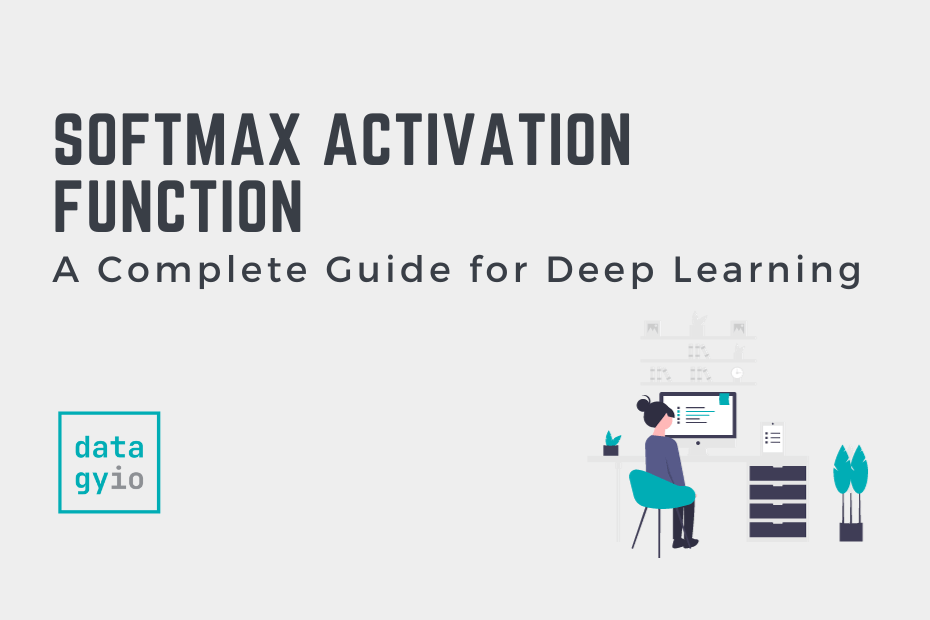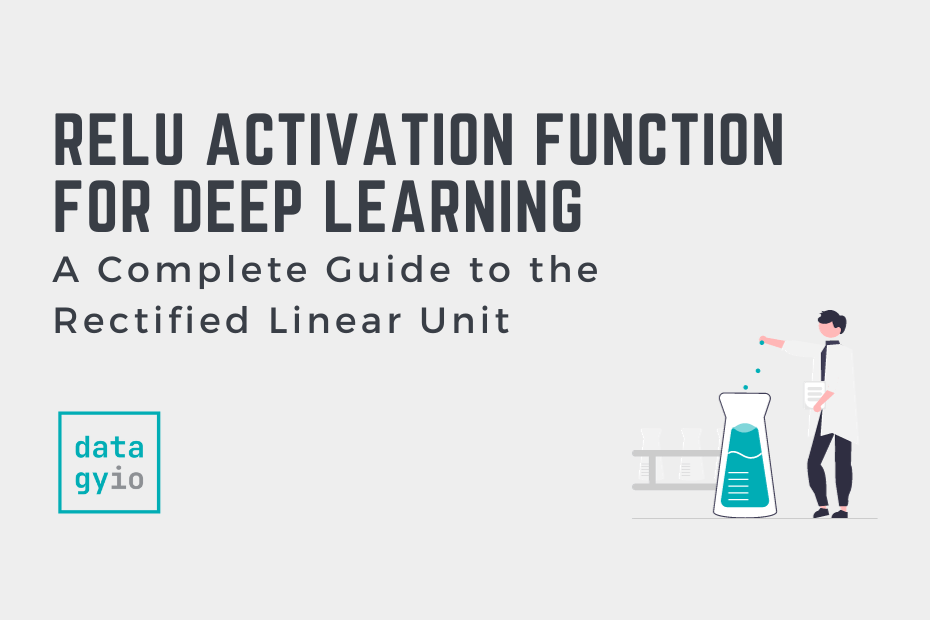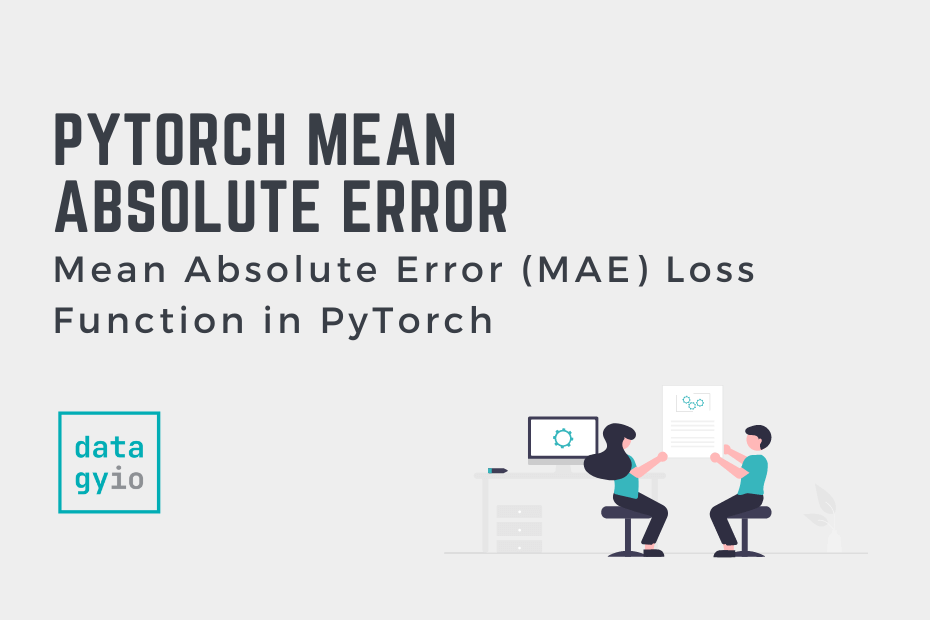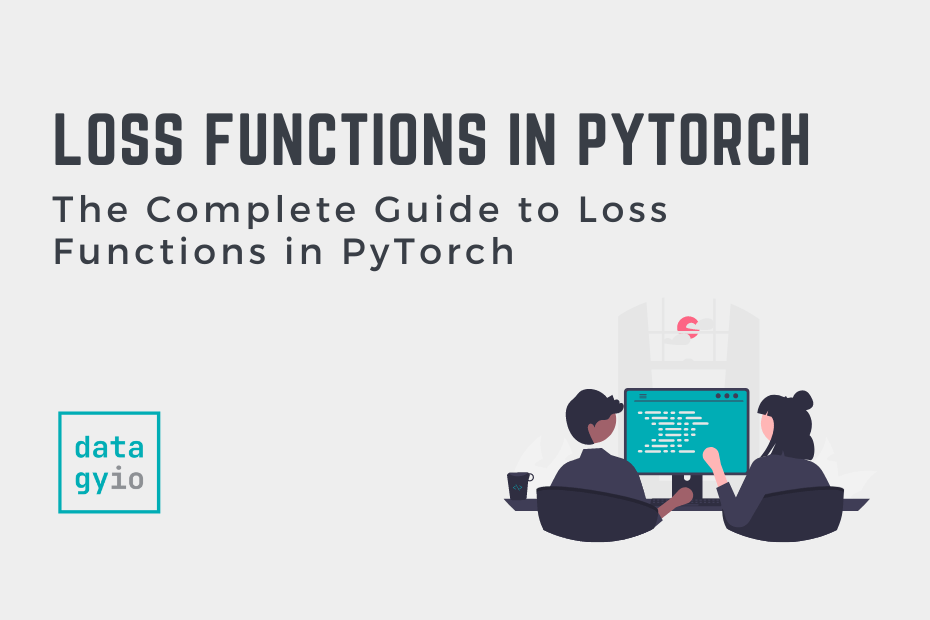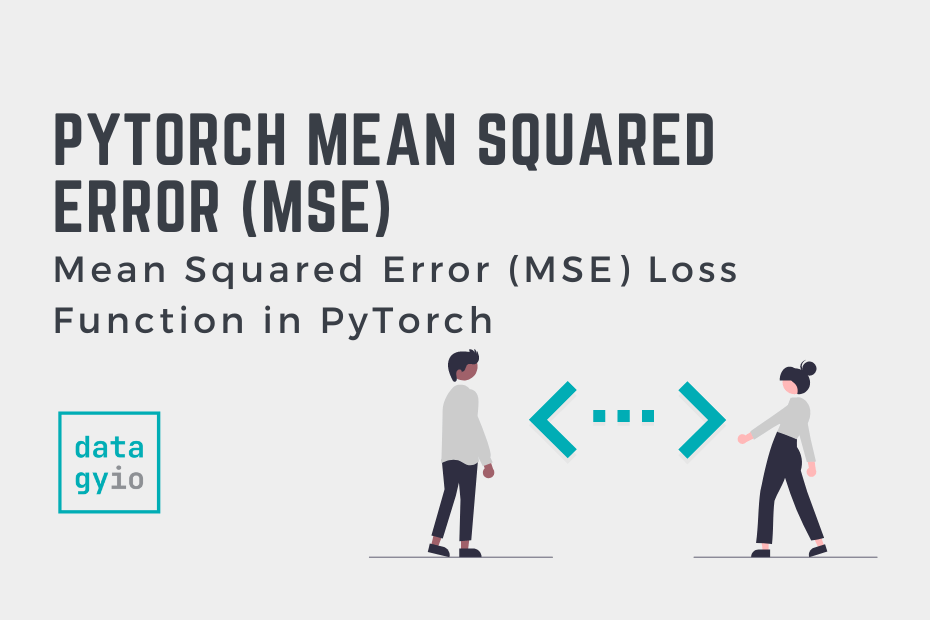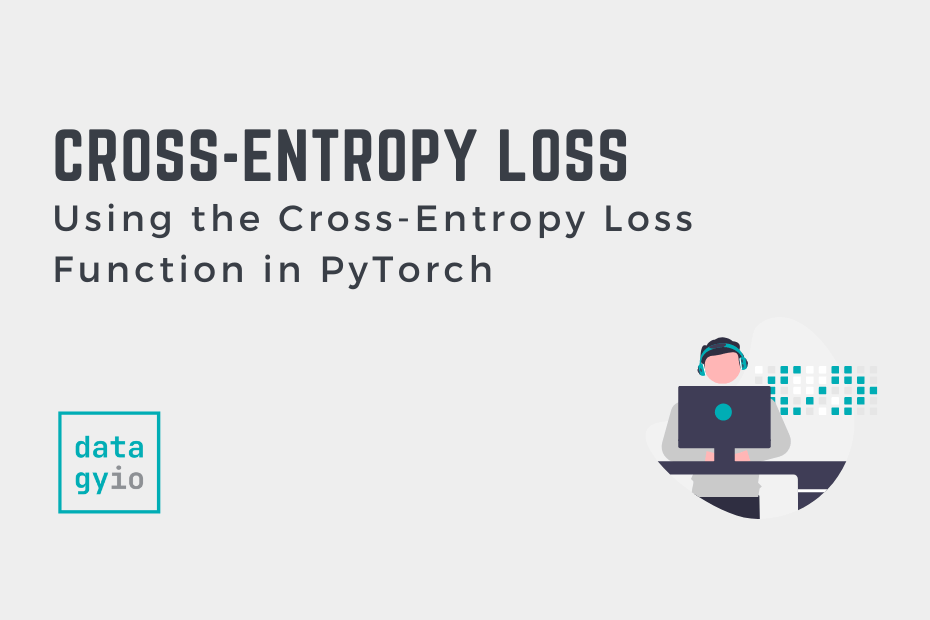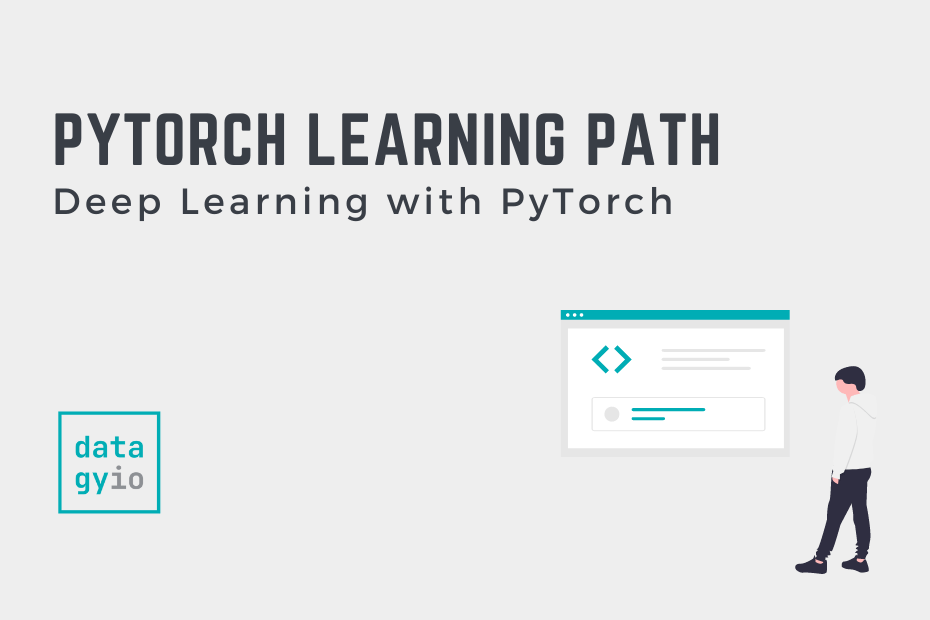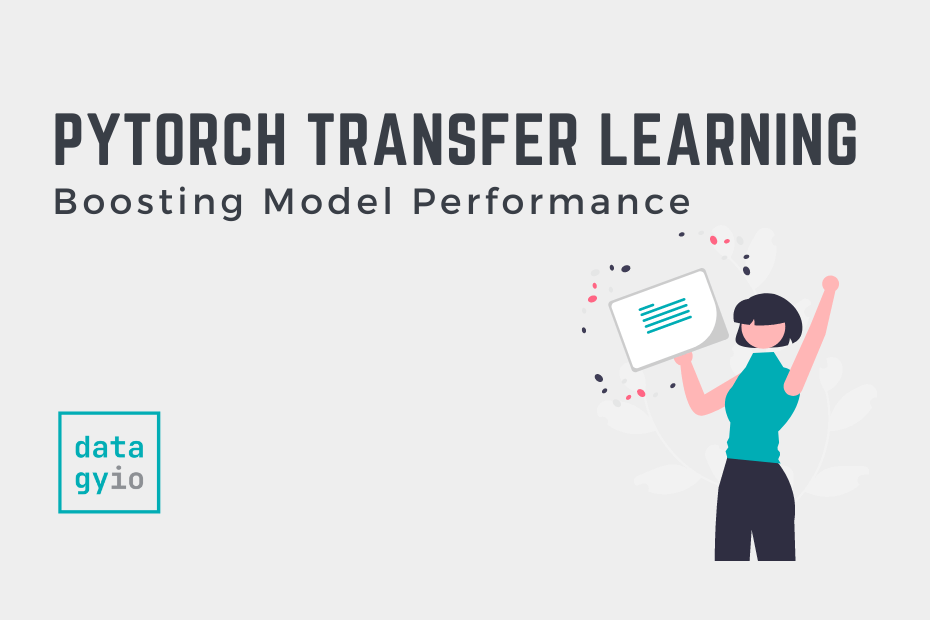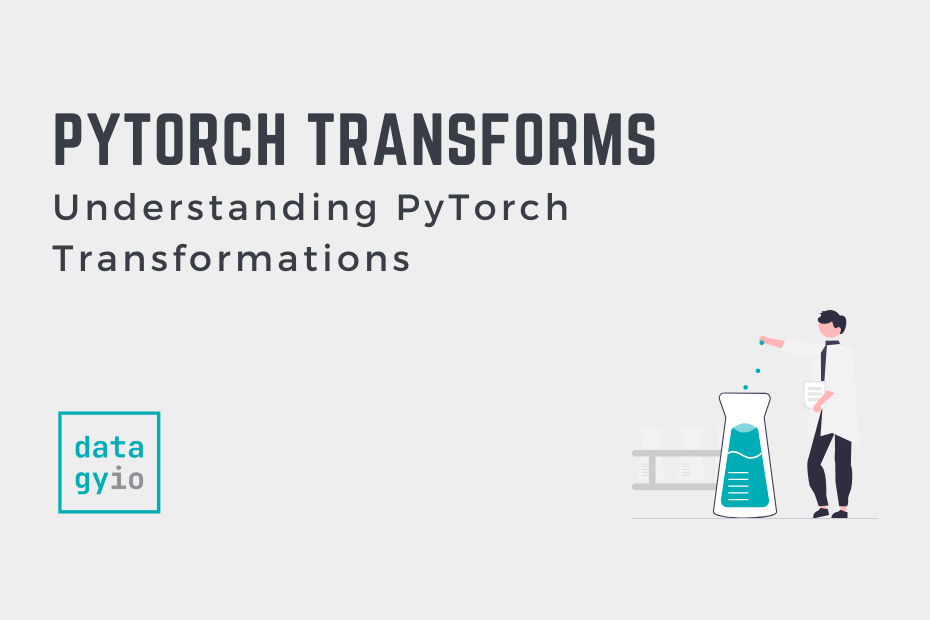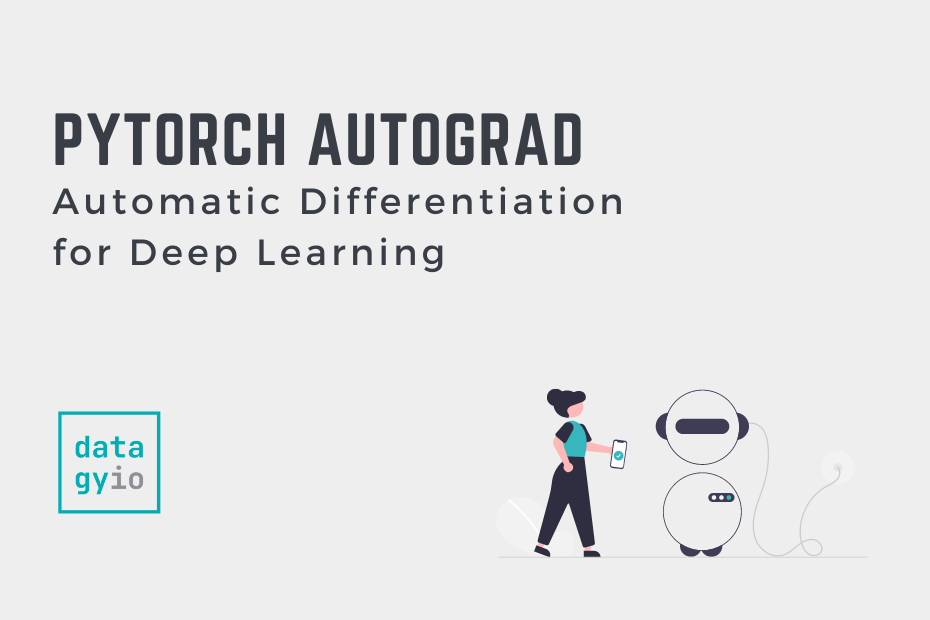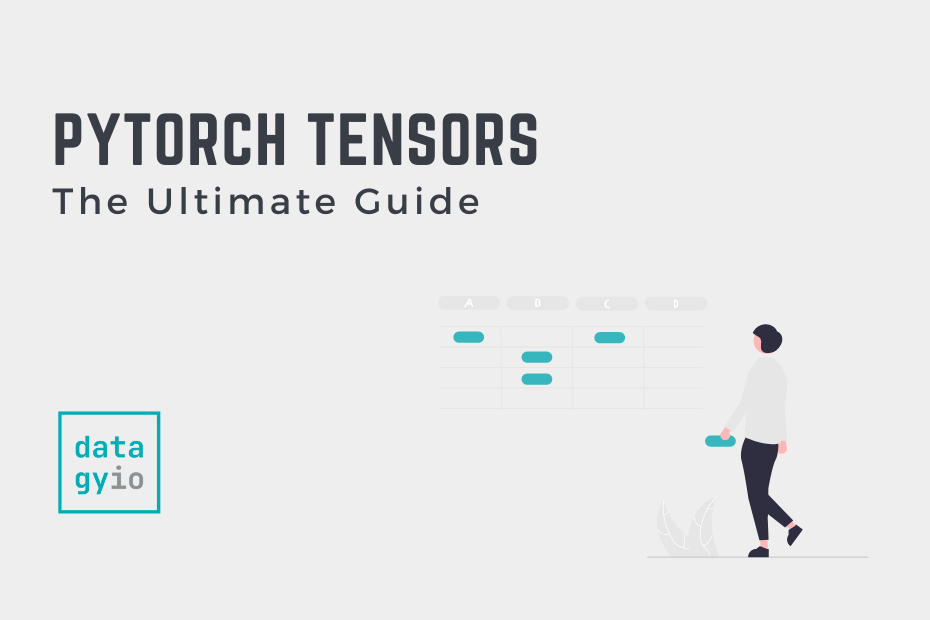Tanh Activation Function for Deep Learning: A Complete Guide
In this comprehensive guide, you’ll explore the Tanh activation function in the realm of deep learning. Activation functions are one of the essential building blocks in deep learning that breathe life into artificial neural networks. The Tanh activation function is particularly useful for recurrent neural networks or multi-class classification tasks, such as those in computer vision […]
Tanh Activation Function for Deep Learning: A Complete Guide Read More »

